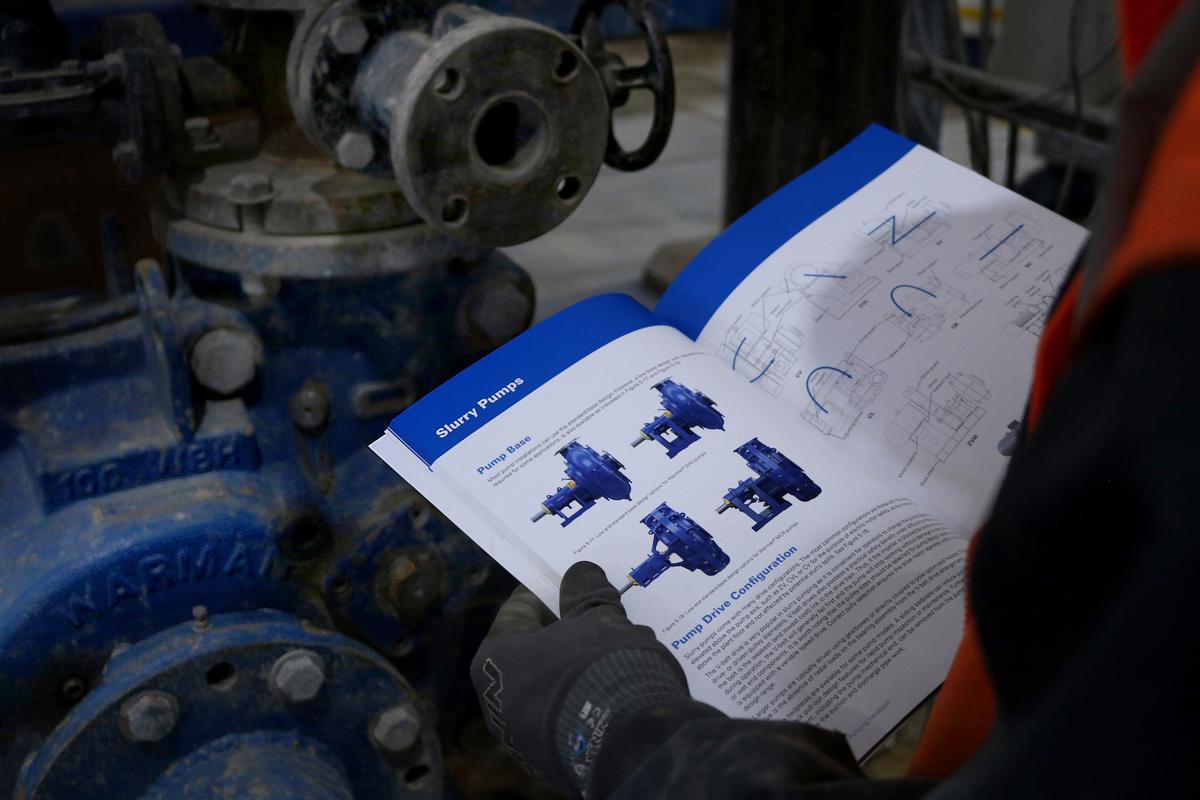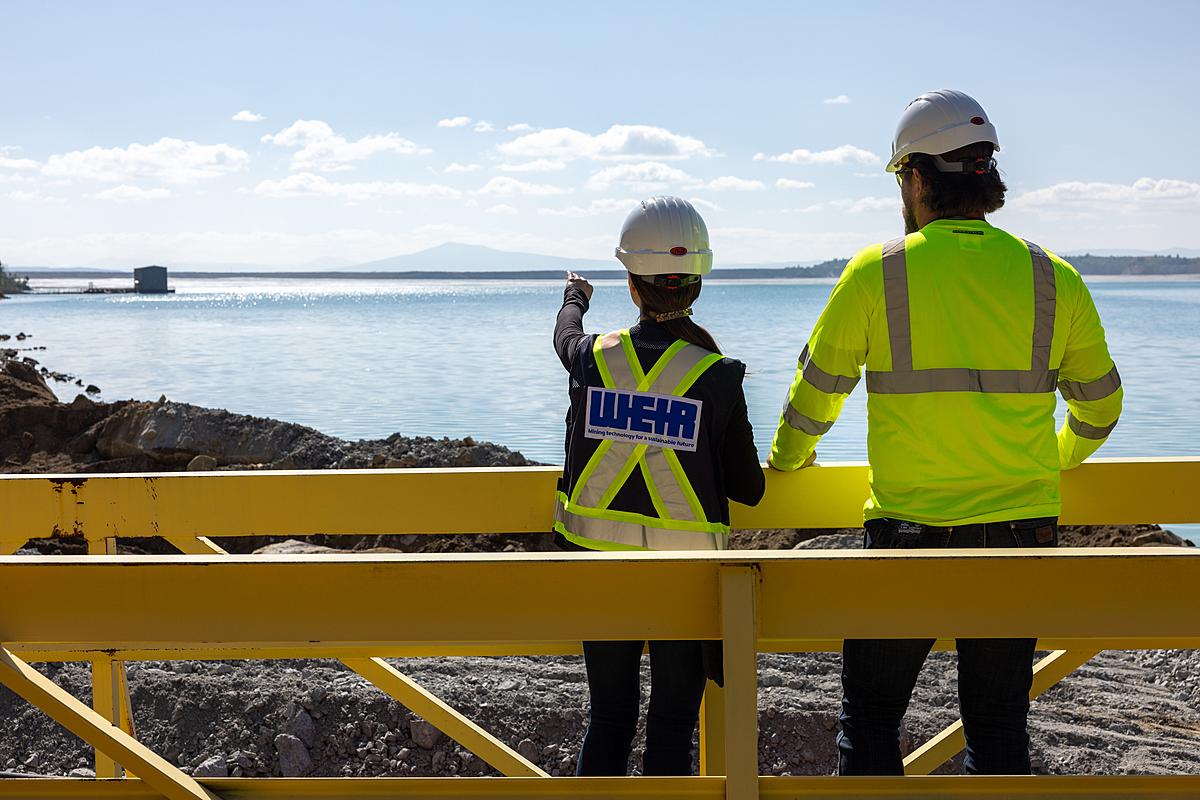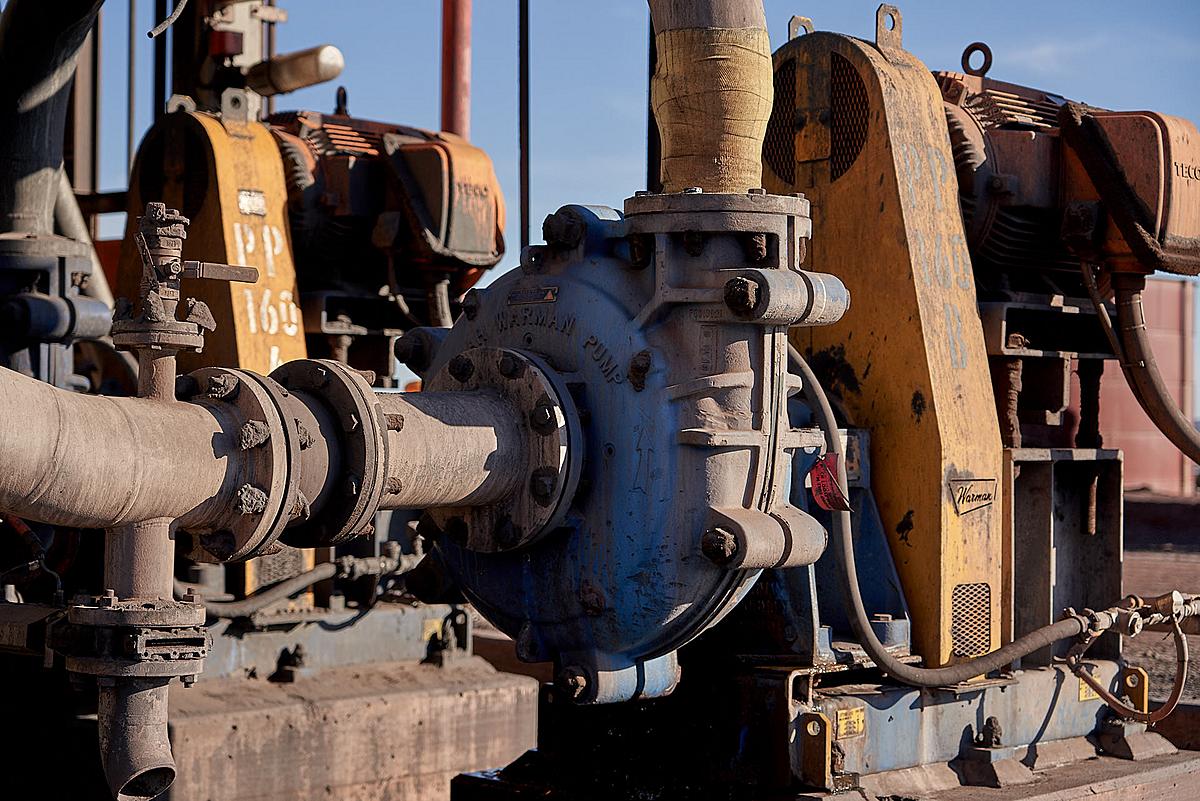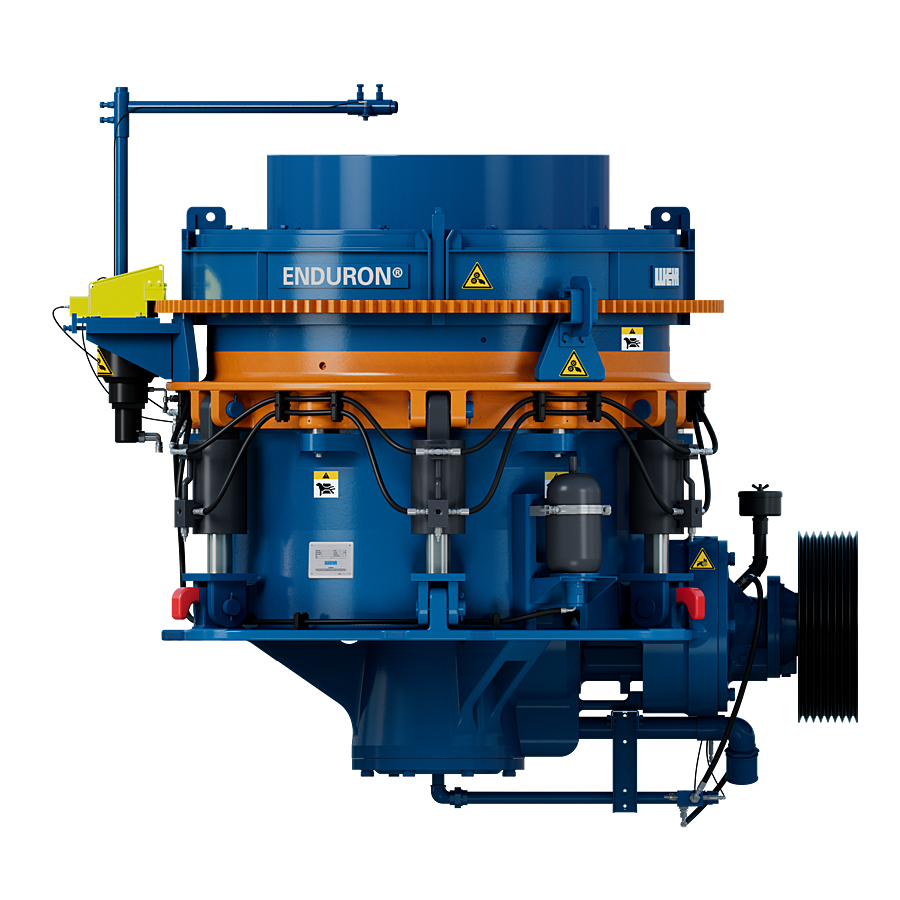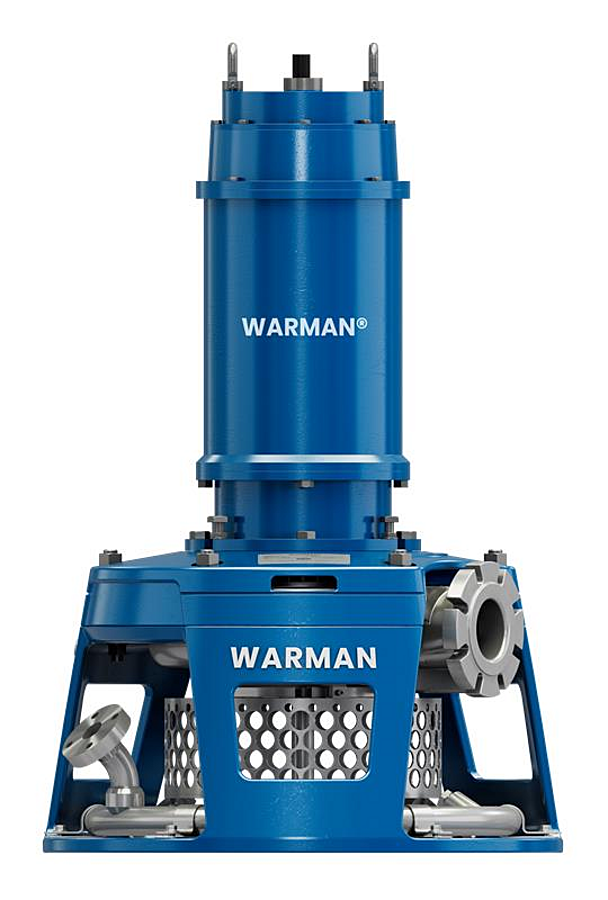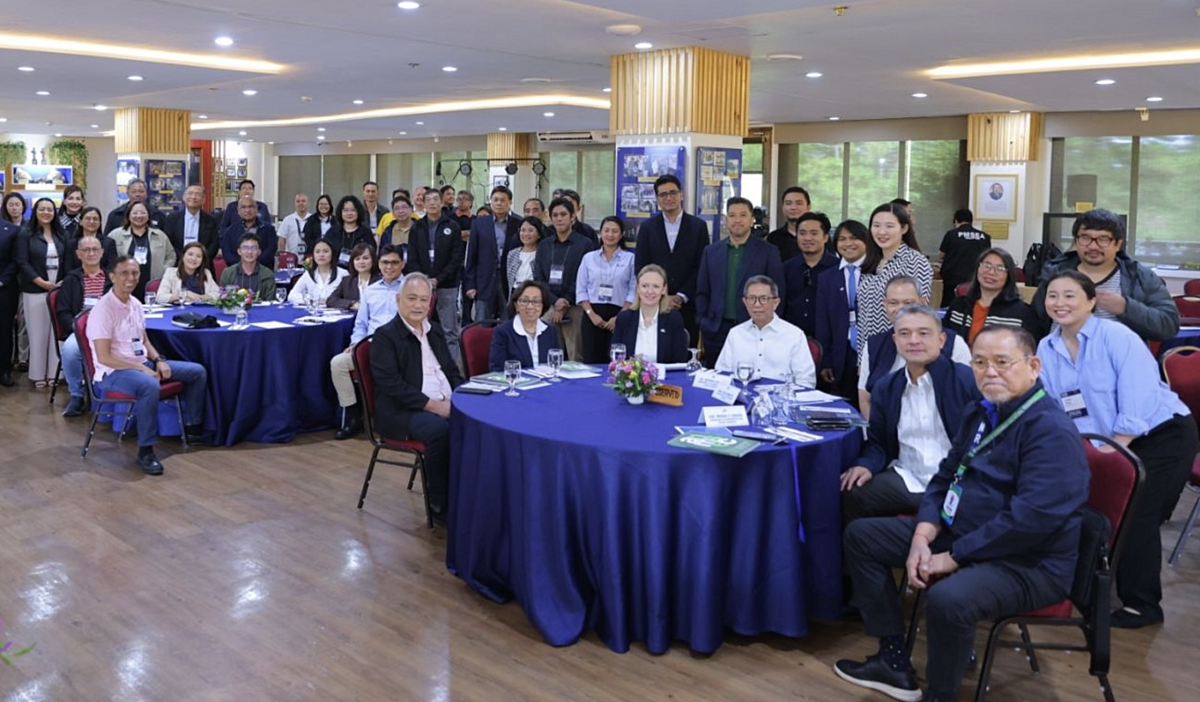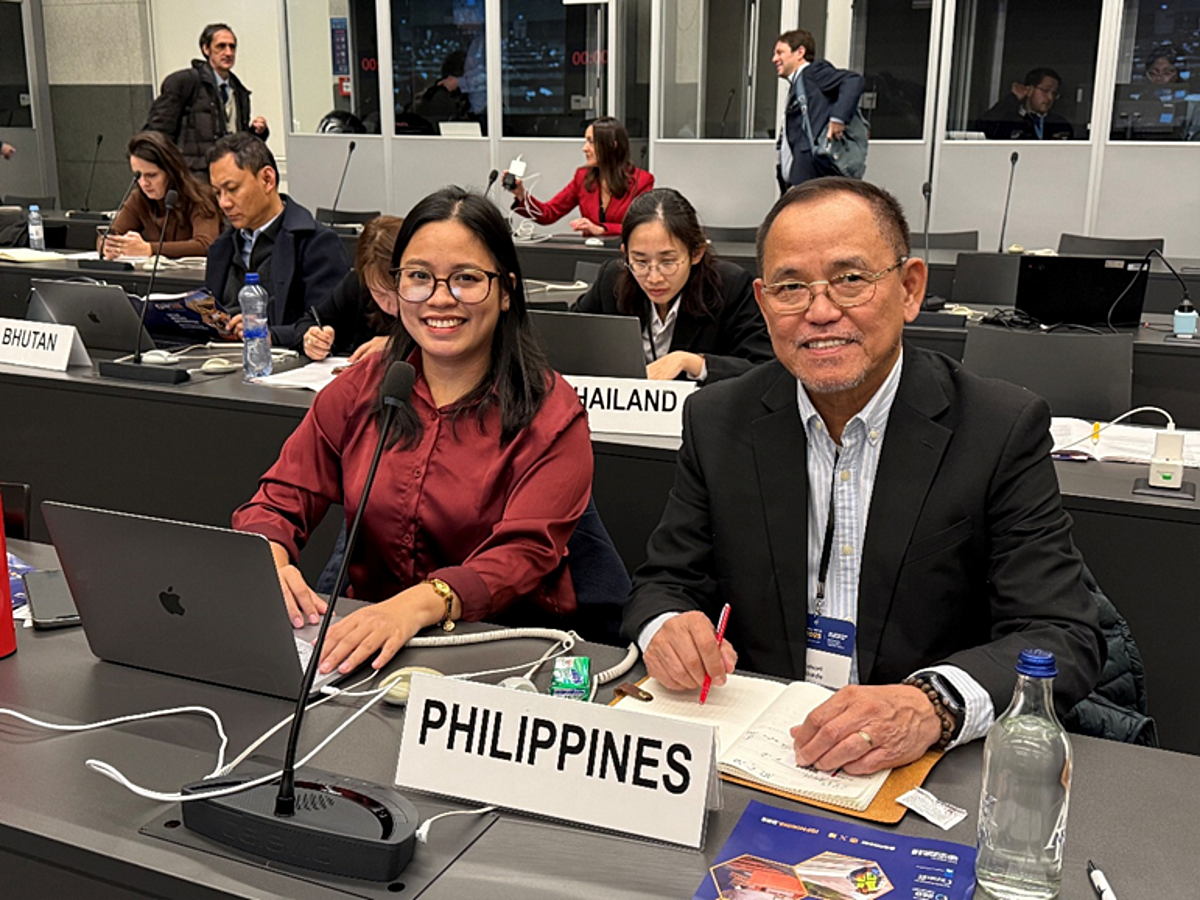Photo: The Warman Slurry Pumping Handbook is the definitive guide for most slurry pumping applications.
Weir Minerals, manufacturer of the industry-leading Warman® slurry pump, has released the latest edition of their coveted Warman® Slurry Pumping Handbook. The 6th edition, compiled by the most trusted name in slurry pumps, features detailed engineering data required for most slurry pumping applications.
Drawing on decades of Weir Minerals’ inhouse expertise in innovative engineering and slurry pumping technology, the new handbook has updated reference material based on new learnings, improved understanding and technological developments within the mining industry.
With customers always in mind, the handbook aims to empower engineers to achieve optimal performance from their Warman® slurry pumps. An increased global focus on the environment, energy consumption and water conservation will influence slurry pump design and considerations – making this latest handbook an essential tool for all current and future pump engineers.
“Pumping slurry has many challenges and I’m excited to publish our latest handbook, packed with fundamental theory, application advice, standard practices and latest Warman learnings from the field; all aimed to help our customers, present and future, deliver with excellence.” Marcus Lane, Director, Slurry Pumping Technology Group
Weir Minerals are continually striving to shape the next generation of smart, efficient and sustainable solutions with cutting-edge science and innovation. The comprehensive handbook includes over 140 pages of detailed information, including performance charts, impeller design, part configuration, assembly and slurry considerations – fully supported by accurate technical renders and specifications.
“The high quality of the reference material in this essential resource reflects the leading status of the Warman slurry pumps. As the industry leader, we have a responsibility to develop our future engineers; we will make the latest version of the Warman Slurry Pumping Handbook available not only to our customers, but also to the leading schools worldwide, so they can learn from the best in the industry.” John McNulty, Vice President Global Engineering & Technology.
As part of Weir Minerals’ commitment to investing in STEM education and developing the next generation of engineers, copies of this essential resource will be gifted to the leading mining and engineering educational facilities around the world, including the winner of the 2022 Warman Design & Build competition, Deakin University in Australia.

